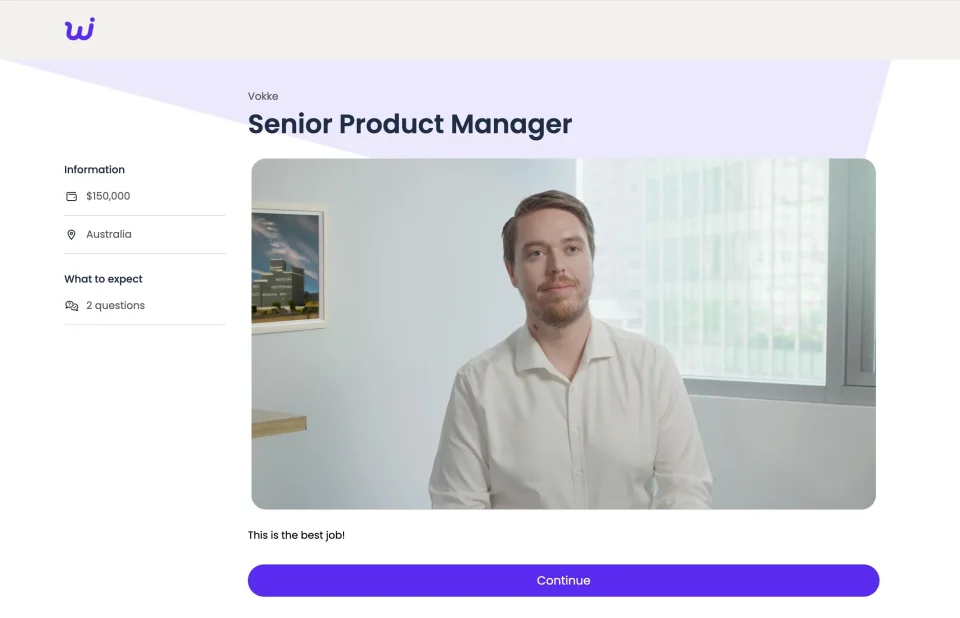
Highly disruptive organizations are using bots to gain an edge.
It is easy to be forgiven thinking that automation is largely a mechanical, real-world construct; one of robotic arms and conveyor belts, of pushing out widgets at lightning speeds.
What might be less apparent, but arguably just as important is robotic process automation. These largely unseen programs work night and day in back-office systems, clicking between applications performing repetitive, mundane, and error-prone tasks. They are doing exactly what their human counterparts would do – only they can do it at faster speeds, every day, at a significantly reduced cost.
RPA is the concept of building a computer program, or “bot”, to intelligently reproduce otherwise mundane tasks left to a human agent. They can be as simple as periodically visiting a website to scrape data, such as the latest stock information, or something considerably more complex like opening emails, reading attachments, and making intelligent decisions on the contents.
Companies looking to scale, reduce costs and gain a competitive advantage are using bots now, more than ever.
They are doing exactly what their human counterparts would do – only they can do it at faster speeds, every day, at a significantly reduced cost.
A real-world example.
Vokke was recently engaged by a large waste management organization to implement an RPA solution. This organization engages with hundreds of customers, and each customer has their own approval/rejection process for purchase orders. Without automation, our client was left to open each purchase order and follow the specific approval instructions, each of which differed per customer. The approval processes ranged from checking terms under the engagement, sending emails to specific accounts, or in the most complex case, using a third-party application to physically approve the purchase order. This approach was not scalable and required considerable time from human agents to complete.
A solution was developed that intelligently scanned an email inbox for purchase orders. Upon discovering one, machine learning was applied to extract key information such as the customer’s name and purchase order number. The solution would then automatically assess the next course of action based on the terms of engagement for that customer (does the customer’s credit limit allow this order to proceed, etc). Finally, the solution would automatically open a web portal to the customer’s custom acceptance software and physically click the accept button. What once required a human can now take place one hundred percent automatically and in the background.
Further, the process now scales. Coupled with the cloud, the solution can scale to handle thousands of purchase orders per minute while still costing less than a single equivalent human agent per annum. A truly limitless outcome.
RPA offers a truly transformative return on investment.
Business processes that are highly repetitive, error-prone, and occur in high volumes are prime candidates for robotic process automation. In all cases we’ve worked with, RPA solutions have a return on investment within several months. Some prime examples where RPA can shine are:
- Automatically reading the contents of PDFs and documents and importing them into existing systems,
- Completing or filling out third-party online forms, such as compliance forms, legal documents, etc, and
- Automating interactions with legacy or third party applications that do not have an API
Coupled with the cloud, the solution can scale to handle thousands of purchase orders per minute while still costing less than a single equivalent human agent per annum.
With an RPA system implemented, employees are free to focus on more rewarding and innovative tasks, honing in on those that are uniquely human, such as upselling and customer relationship management. Management will gain confidence knowing the process is operating at a high quality and can harness the rich data that results, allowing them to make smarter decisions at a faster rate.
If you are interested in seeing similar results in your organization, get in touch with us today.
Photo by energepic.com from Pexels



